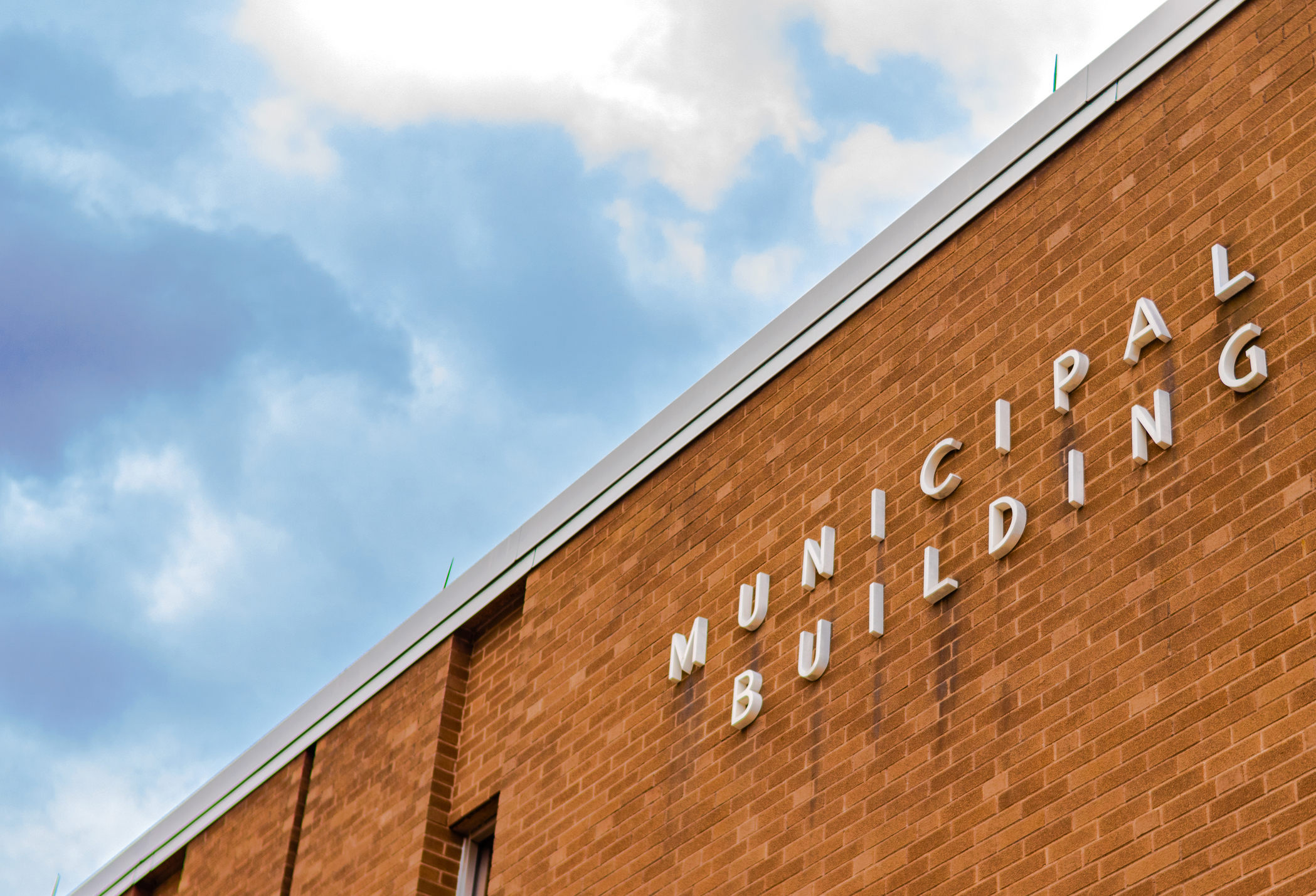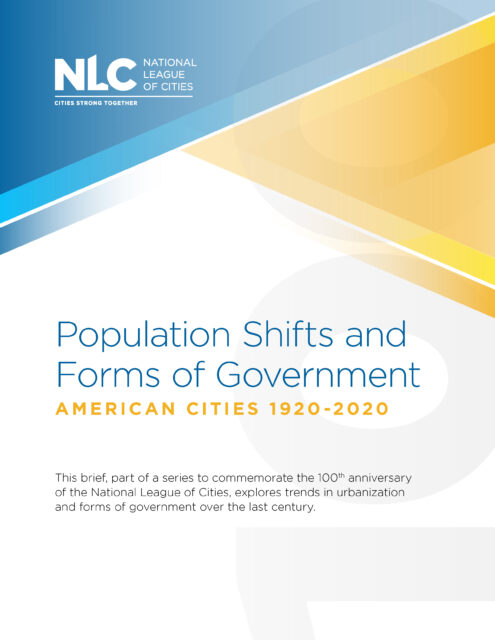Over the last century, America’s population has shifted with more than 90 percent of population growth occurring in urban areas, with the urban population nearly quadrupling. In contrast, the rural population increased by less than 30 percent over the past century.
Over the last century, the most common forms of government are:
- Mayor-Council: Elected council or board serves as the legislative body. The chief elected official (e.g., mayor) is the head of government, with significant administrative authority, and generally elected separately from the council.
- Council-Manager: Elected council or board and chief elected official are responsible for making policy with advice of the chief appointed official (e.g., administrator/manager). A professional administrator appointed by the board or council has full responsibility for the day-to-day operations of government.
- Commission: Members of a board of elected commissioners serve as heads of specific departments while also collectively sitting as the legislative body of the government.
- Town Meeting: Qualified voters convene and act as a legislative body that makes basic policy, votes on the budget, and chooses a board. These elected officials may carry out the policies established by town meeting or may delegate the day-to-day management of the municipality to an appointed manager/administrator.
- Representative Town Meeting: Similar to town meeting (above) except that voters select residents to represent them at the town meeting. All residents may attend and participate in debate, but only the selected representatives may vote.
To learn more, download the brief.

